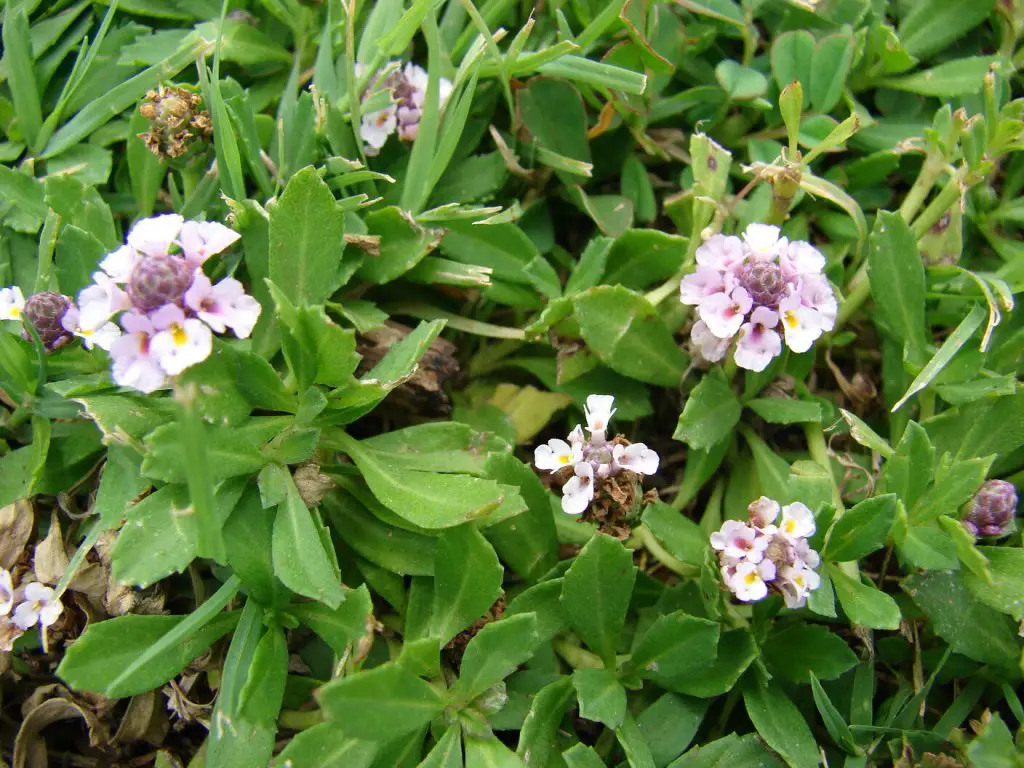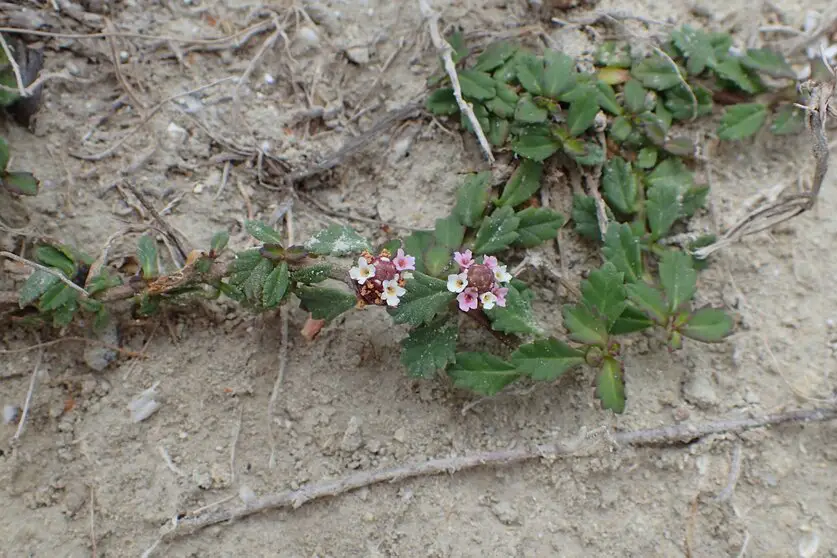Frog fruit is a perennial native ground cover. It is a low-growing deciduous evergreen commonly found in the southern United States. The most widespread species is the Texas frog fruit ((Phyla nodiflora), which has white flowers that bloom from April until October. Other common names are match head, turkey tangle frog fruit, capeweed, and mat grass.
There are four species native to the United States:
- Wedgeleaf frog fruit/Phyla cuneifolia
- Lanceleaf frog fruit/Phyla lanceolata
- Texas frog fruit/Phyla nodiflora
- Southern frog fruit/Phyla stoechadifolia
- Fog fruit/Phyla xintermedia
Where Does Frog Fruit Grow?
Frog fruit grows most commonly in the southern United States. It prefers climates that are hot, dry, and offer full sun. It is heat tolerant, but also tolerates partial shade. Texas and Florida are where frog fruit grows abundant.
It can be found in fields, roadways, ditches, beaches, and the banks of ponds and streams.
What Are You Foraging For Right Now?
We're thrilled to hear your ideas. What would you like to submit today? Feel free to share your thoughts and experiences with us.
How to Identify Frog Fruit?
Most species of frog fruit are low growing, dense spreading native plants reaching less than six inches in height.
The small flowers contain five petals surrounding a dark purple center cone. The petals of Texas frog fruit are white, although other species may have pink, purple, yellow, or blue petals.
The leaves are green in color and oval in shape with notches running along the sides. They stand on upright stalks, giving them the nickname match head.
In the fall and winter, leaves turn a purplish red shade.

Is Frog Fruit Edible?
Frog fruit is typically used as a ground cover, but its leaves can be edible. Consuming frog fruit is not common in the United States, but is used more often in Chinese and Ayurvedic medicines.
It can be drank as a tea, known as frog fruit juice, and is said to contain anti-fungal properties helpful for hookworm and other fungal and bacterial diseases.
The leaves are the edible part of the native plant and may be boiled, but are better when dried for several weeks, then consumed as a ground powder.
What Can You Do With Frog Fruit: Common Uses
The leaves are made into a poultice which can treat snake bites and other ailments.
Frog fruit is an antioxidant and it is also known to have cooling properties, so it has been used to treat fevers, coughs, and colds as well.
Plant in your yard as a ground cover. It spreads quickly, creating a dense mat, and is excellent in areas where you want to weed less.
Deer love native plants such as frog fruit, so planting it near your garden may help deter deer from eating your vegetables.
Add frog fruit to your hanging baskets as a trailing plant that will bloom half the year.
Frog fruit is also an excellent pollinator and nectar source, attracting birds, bees and butterflies to your yard. In addition, it is considered a host plant, as the White Peacock, Phaon Crescent, and Common Buckeye butterflies lay their eggs inside and use it to feed their caterpillars.
So Texas frog fruit and other species are good for the environment!

How to Care for Frog Fruit?
Frog fruit is low maintenance, as it proliferates in the wild. It can be started from a seed or cutting or purchased as a starter plant at the nursery. It handles dry, hot conditions and only needs regular watering during extremely hot months.
Frog fruit prefers full sun and dry, sandy soil. It grows extremely fast, so in areas where you don’t want it to take over, it will need to be trimmed back.
Rachel Schmeltzer is a writer, mom, teacher, and dreamer. She enjoys reading, traveling, history, spending time with her boys and her cats, and foraging in the woods of Minnesota.

